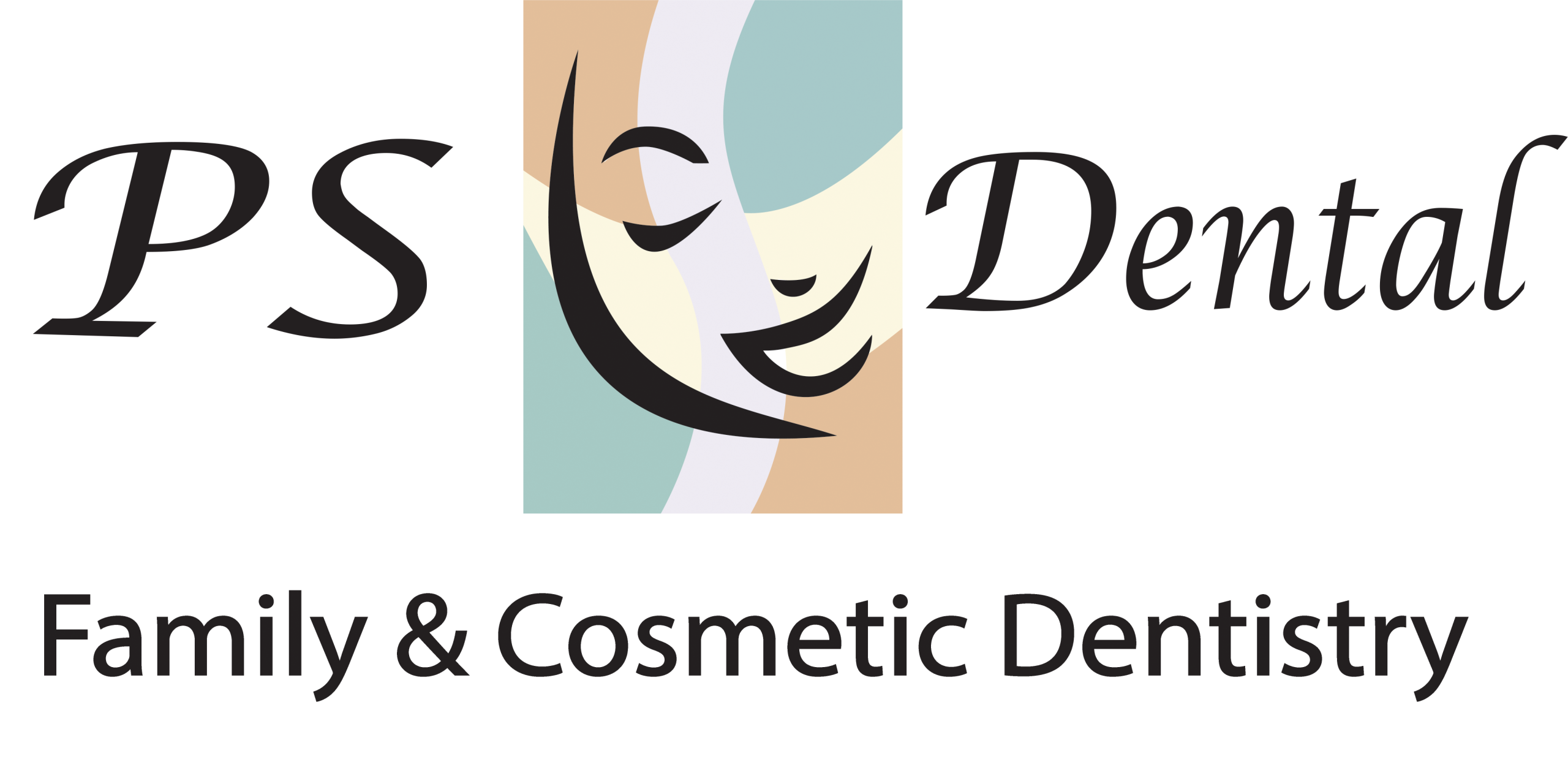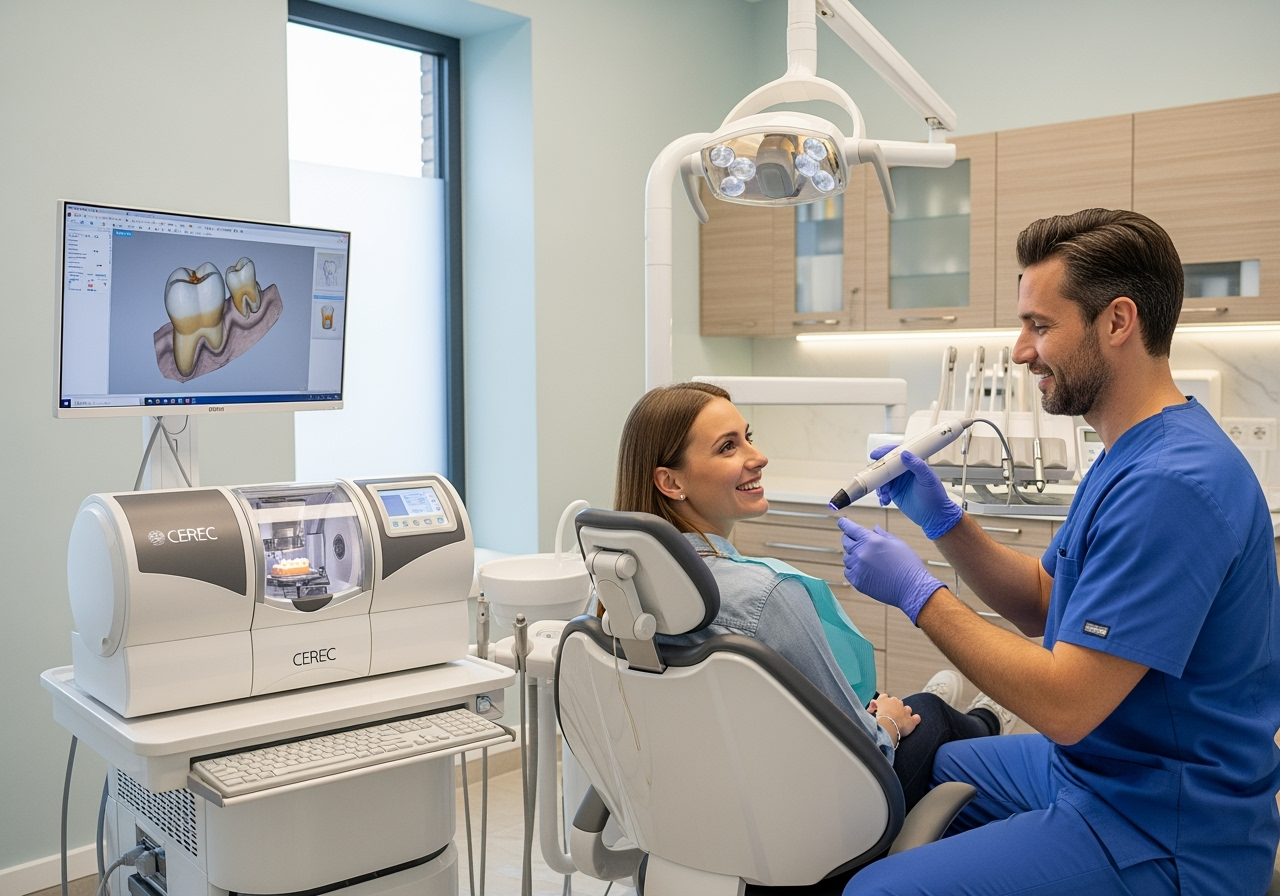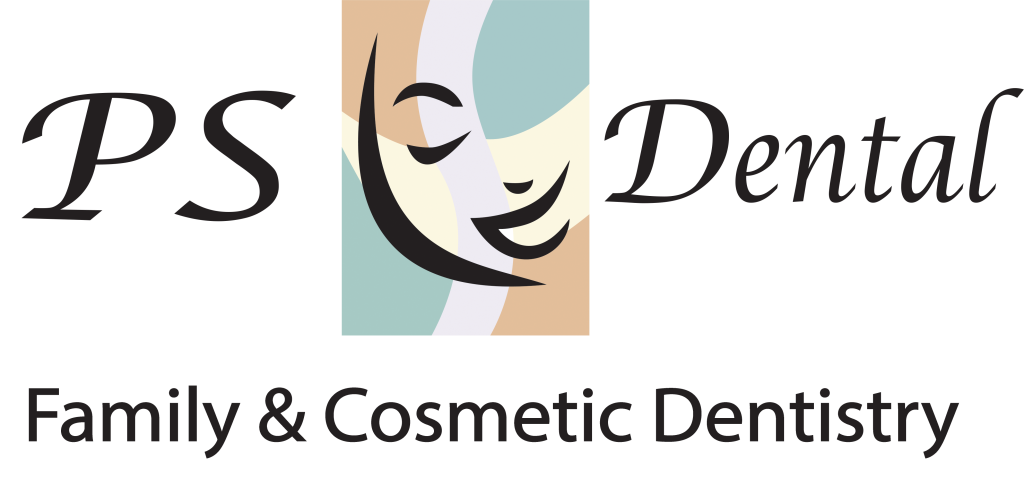“Explore your options for hospital dentistry and schedule your appointment today by clicking here: https://www.psdentalservices.com/request-appointment.”
The Benefits of Hospital Dentistry for Special Needs Patients
Dental surgery can be a daunting experience for anyone, but for those with special needs, it can be even more challenging. The thought of sitting in a dental chair, surrounded by unfamiliar equipment and the sound of drills can be overwhelming. This is where hospital dentistry comes in as a beneficial option for special needs patients.
Hospital dentistry, also known as general anesthesia dentistry, is a type of dental treatment that is performed in a hospital setting under general anesthesia. This means that the patient is completely unconscious and unaware of the dental procedure being performed. This option is often recommended for patients with special needs who may have difficulty sitting still or cooperating during a dental procedure.
One of the main benefits of hospital dentistry for special needs patients is the ability to provide a safe and comfortable environment. Hospitals are equipped with specialized equipment and trained staff to handle any medical emergencies that may arise during the dental procedure. This is especially important for patients with special needs who may have underlying medical conditions that require close monitoring.
Moreover, hospital dentistry allows for a more thorough and efficient dental treatment. With the patient under general anesthesia, the dentist is able to perform the necessary procedures without any interruptions or distractions. This results in a more precise and effective treatment, which can be completed in a shorter amount of time. This is particularly beneficial for patients with special needs who may have difficulty sitting still for an extended period.
Another advantage of hospital dentistry for special needs patients is the elimination of fear and anxiety. Dental anxiety is a common issue for many individuals, and it can be even more challenging for those with special needs. The unfamiliar environment and equipment can trigger fear and anxiety, making it difficult for the patient to receive the necessary dental care. With hospital dentistry, the patient is completely unconscious and unaware of the dental procedure, eliminating any fear or anxiety.
Furthermore, hospital dentistry allows for a more comprehensive dental treatment. Since the patient is under general anesthesia, the dentist is able to perform multiple procedures in one session. This is particularly beneficial for patients with special needs who may require extensive dental work. Instead of having to schedule multiple appointments, the patient can receive all the necessary treatment in one session, reducing the overall time and cost of dental care.
In addition to the benefits mentioned above, hospital dentistry also provides a more comfortable experience for special needs patients. The use of general anesthesia ensures that the patient is not in any pain or discomfort during the dental procedure. This is especially important for patients with special needs who may have a low pain tolerance or difficulty communicating their discomfort.
It is important to note that hospital dentistry is not limited to special needs patients. It can also be a suitable option for young children who may have difficulty cooperating during a dental procedure. The use of general anesthesia allows for a stress-free and painless experience for children, making it easier for them to receive the necessary dental care.
In conclusion, hospital dentistry offers numerous benefits for special needs patients. It provides a safe and comfortable environment, allows for a more thorough and efficient treatment, eliminates fear and anxiety, and offers a more comprehensive dental care experience. If you or a loved one has special needs and requires dental treatment, consider discussing the option of hospital dentistry with your dentist. It may be the best option for a stress-free and successful dental experience.
Understanding Dental Anesthesia for Emergency Dental Care in a Hospital Setting
Dental emergencies can happen at any time, and for some individuals, these emergencies may require hospital dentistry. This can be a daunting prospect for those who have never undergone dental surgery in a hospital setting before. However, understanding the options for dental anesthesia can help ease any fears and ensure a smooth and successful procedure.
The first step in understanding dental anesthesia for emergency dental care in a hospital setting is to know the different types of anesthesia available. The most common type is local anesthesia, which is administered through an injection near the site of the dental procedure. This type of anesthesia numbs the area and allows the patient to remain awake and aware during the procedure.
For those who may be anxious or have a low pain tolerance, conscious sedation may be an option. This type of anesthesia involves the use of medication to help the patient relax and feel more comfortable during the procedure. While the patient may still be awake, they may not remember much of the procedure afterwards.
In some cases, general anesthesia may be necessary for more complex or invasive procedures. This type of anesthesia puts the patient into a deep sleep, and they will not be aware of the procedure taking place. This is typically reserved for major surgeries or for patients who have a medical condition that may make it difficult to remain still during the procedure.
Once the type of anesthesia has been determined, the next step is to understand the process of administering it. For local anesthesia, the dentist will first apply a numbing gel to the area before administering the injection. This helps to minimize any discomfort from the needle. The injection itself may cause a slight pinch or pressure, but the numbing effect will kick in quickly.
For conscious sedation, the medication is typically administered through an IV. The patient may feel drowsy and relaxed, but they will still be able to respond to commands from the dentist. It is important to note that the effects of conscious sedation can last for several hours, so the patient will need someone to drive them home after the procedure.
General anesthesia is administered by an anesthesiologist, who will closely monitor the patient’s vital signs throughout the procedure. The medication is typically administered through an IV, and the patient will be completely asleep during the procedure. After the procedure, the patient will be taken to a recovery room where they will be monitored until they are fully awake and ready to go home.
It is important to discuss any concerns or questions about dental anesthesia with the dentist before the procedure. They will be able to provide more information and address any specific concerns the patient may have. It is also important to follow any pre-operative instructions, such as avoiding food and drink before the procedure, to ensure the anesthesia is effective and safe.
In conclusion, understanding the options for dental anesthesia in a hospital setting can help ease any fears or concerns about undergoing dental surgery. Local anesthesia, conscious sedation, and general anesthesia are all viable options depending on the type of procedure and the patient’s needs. It is important to discuss these options with the dentist and follow any pre-operative instructions to ensure a successful and comfortable experience.
Exploring Sedation Dentistry Options for Inpatient Dental Surgery
Dental surgery can be a daunting experience for many people, especially those who have a fear of the dentist or have had negative experiences in the past. For some individuals, the thought of undergoing dental surgery can cause extreme anxiety and even prevent them from seeking necessary treatment. However, with the advancements in sedation dentistry, there are now options available for those who require inpatient dental surgery.
Sedation dentistry, also known as sleep dentistry, is a technique used to help patients relax and feel more comfortable during dental procedures. It involves the use of medication to induce a state of relaxation, making it easier for patients to undergo dental procedures without experiencing fear or discomfort. This technique is particularly beneficial for those who require inpatient dental surgery, as it can help them feel more at ease and reduce the need for general anesthesia.
One of the most common forms of sedation dentistry is oral sedation. This involves taking a pill or liquid medication before the dental procedure, which helps patients feel relaxed and drowsy. The level of sedation can be adjusted based on the patient’s needs, and they will still be conscious and able to respond to the dentist’s instructions. Oral sedation is a popular option for inpatient dental surgery as it is easy to administer and has minimal side effects.
Another form of sedation dentistry is intravenous (IV) sedation. This involves administering medication directly into the patient’s bloodstream through a vein. IV sedation is a deeper form of sedation compared to oral sedation, and patients may not remember much of the procedure. It is often used for more complex dental surgeries and can also be adjusted based on the patient’s needs. However, it requires a trained anesthesiologist to administer and monitor the medication, making it a more expensive option.
For those who have extreme dental anxiety or require extensive dental work, general anesthesia may be the best option. This involves putting the patient into a deep sleep, making them completely unconscious and unaware of the dental procedure. General anesthesia is typically used for more complex and lengthy dental surgeries, and it requires a team of trained professionals to administer and monitor the patient’s vital signs. While it is the most effective form of sedation, it also comes with more risks and a longer recovery time.
In addition to these sedation options, there is also the option of nitrous oxide, also known as laughing gas. This is a mild form of sedation that is inhaled through a mask placed over the patient’s nose. It helps patients feel relaxed and can reduce anxiety during dental procedures. Nitrous oxide is a safe and effective option for inpatient dental surgery, and the effects wear off quickly, allowing patients to resume their daily activities after the procedure.
It is essential to note that not all dental practices offer sedation dentistry, and it is crucial to do thorough research and choose a reputable and experienced dentist for inpatient dental surgery. The dentist should have proper training and certification in sedation dentistry and have the necessary equipment and facilities to monitor patients during the procedure.
In conclusion, sedation dentistry offers a range of options for those who require inpatient dental surgery. It can help patients feel more at ease and reduce anxiety, making it easier for them to undergo necessary dental procedures. However, it is essential to consult with a qualified and experienced dentist to determine the best sedation option for each individual’s needs. With the right sedation technique, dental surgery can be a more comfortable and less intimidating experience for those who require it.
Dr. Parisa Sepehri
Latest posts by Dr. Parisa Sepehri (see all)
- Revolutionizing Tooth Restoration: The Future of Same Day CEREC Crowns - October 3, 2025
- Unlocking the Benefits of Hospital Dentistry: Emergency Care, Anesthesia, and Surgery for Special Needs Patients - October 2, 2025
- Revolutionizing Tooth Restoration: The Power of Same Day CAD/CAM Dental Technology for CEREC Crowns - October 1, 2025
- Unlock the Power of Prevention: The Benefits of Early Cavity Detection with a Family Dentist - September 30, 2025
- Revolutionizing Tooth Restoration: The Future of Same Day CEREC Crowns with CAD/CAM Dental Technology - September 29, 2025




